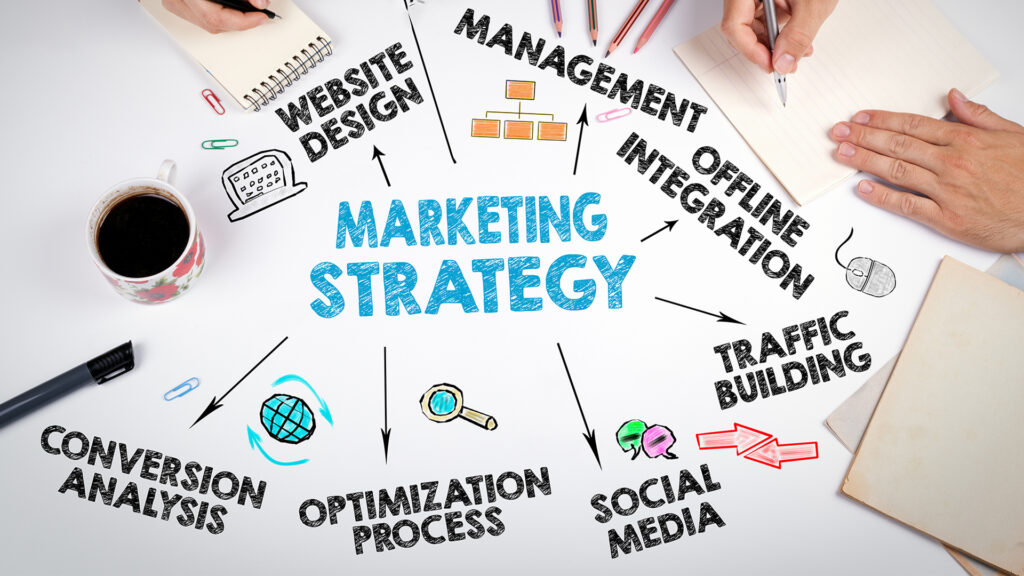Managers and business owners have been told how to help employees progress in their career and boost business outputs.
Explore In-Depth CEO Insights and Articles
Explore our extensive collection of articles featuring the latest insights, trends, and success stories from top business leaders. Stay informed with expert analysis and in-depth content that covers a wide range of topics in leadership and innovation. Browse now to stay ahead in the business world.

Browse Our Latest Articles
Explore the latest articles, featuring expert insights, groundbreaking innovations, and success stories from visionary business leaders. From leadership strategies to industry trends, our articles deliver the knowledge you need to stay informed and inspired. Dive in and stay ahead in the ever-evolving world of business leadership.
There is no need to sugarcoat it — building and maintaining software takes a lot of money. Suppose you want to deliver a high-quality product that caters to the needs of a broad audience.
Data has become the lifeblood of organisations worldwide today. The information it imparts can influence key decisions for business leaders and CEOs related to marketing, innovation, growth, and many other areas, providing tangible evidence to gu...
Business transitions are important for several reasons. They enable company founders to navigate the opportunities and challenges that come with change, often fostering continued innovation and success in an ever-evolving marketplace.
As organisations battle skills shortages, shifting employee preferences and constantly evolving regulations around safeguarding and wellbeing, providing staff with the platform to reach their full potential has never been more important for busine...
While the stable big three remain in play, email, digital and social, the extent of each of these channels grows and adapts almost daily.
In today’s fast-paced and demanding world, time is precious. Managing our time and getting the best use out of it is an issue we all face day-to-day, whether you are a global CEO, employee or student.
Every day, decisions have to be made and a flood of reports, contracts and meeting notes need to be juggled at the same time.
Consumer environmental awareness has heightened significantly in recent years, as climate change has gained greater attention in the media. In light of this, businesses face the challenge of satisfying rising consumer expectations around sustainab...
In today's competitive business landscape, efficiency and productivity are paramount. Companies are constantly seeking ways to streamline operations, reduce costs, and improve overall performance.
As a business mentor, I've seen it time and again: CEO’s and business owners scouring job boards, posting ads, and offering what they think are competitive salaries, all in the hopes of attracting top talent.
Senior employees have been told how to help their teams without becoming a micromanager. Business experts at TelephoneSystems.Cloud have named five tips for all managers to help keep a healthy working environment.












